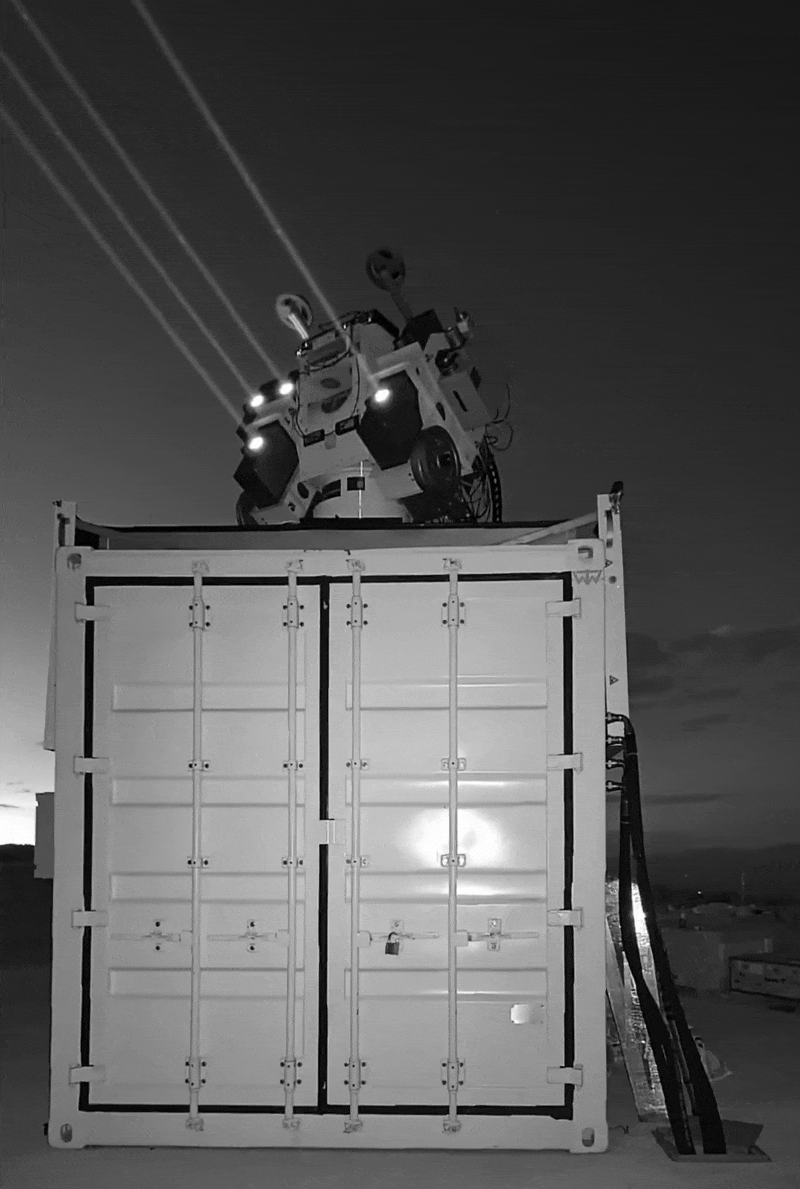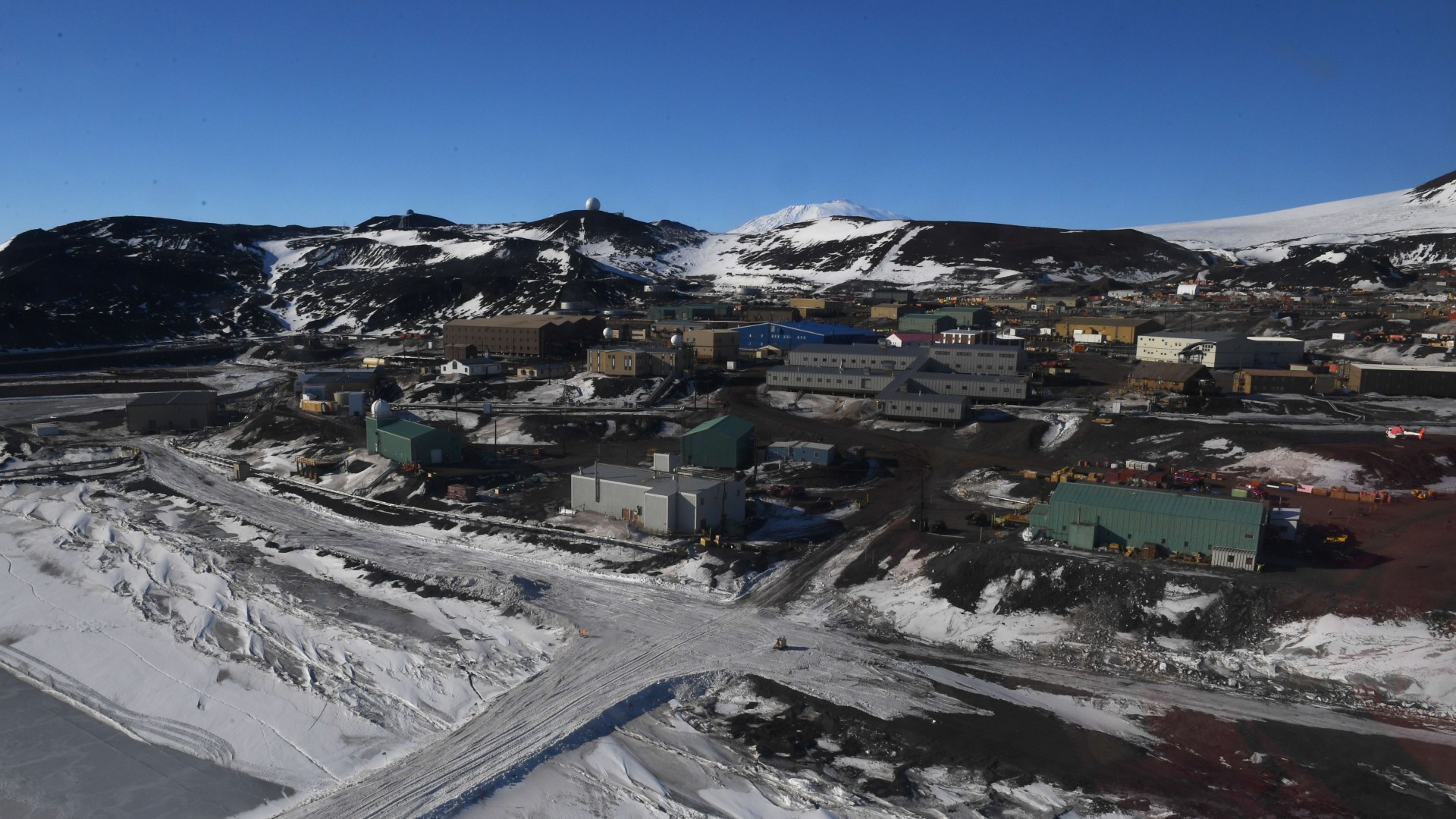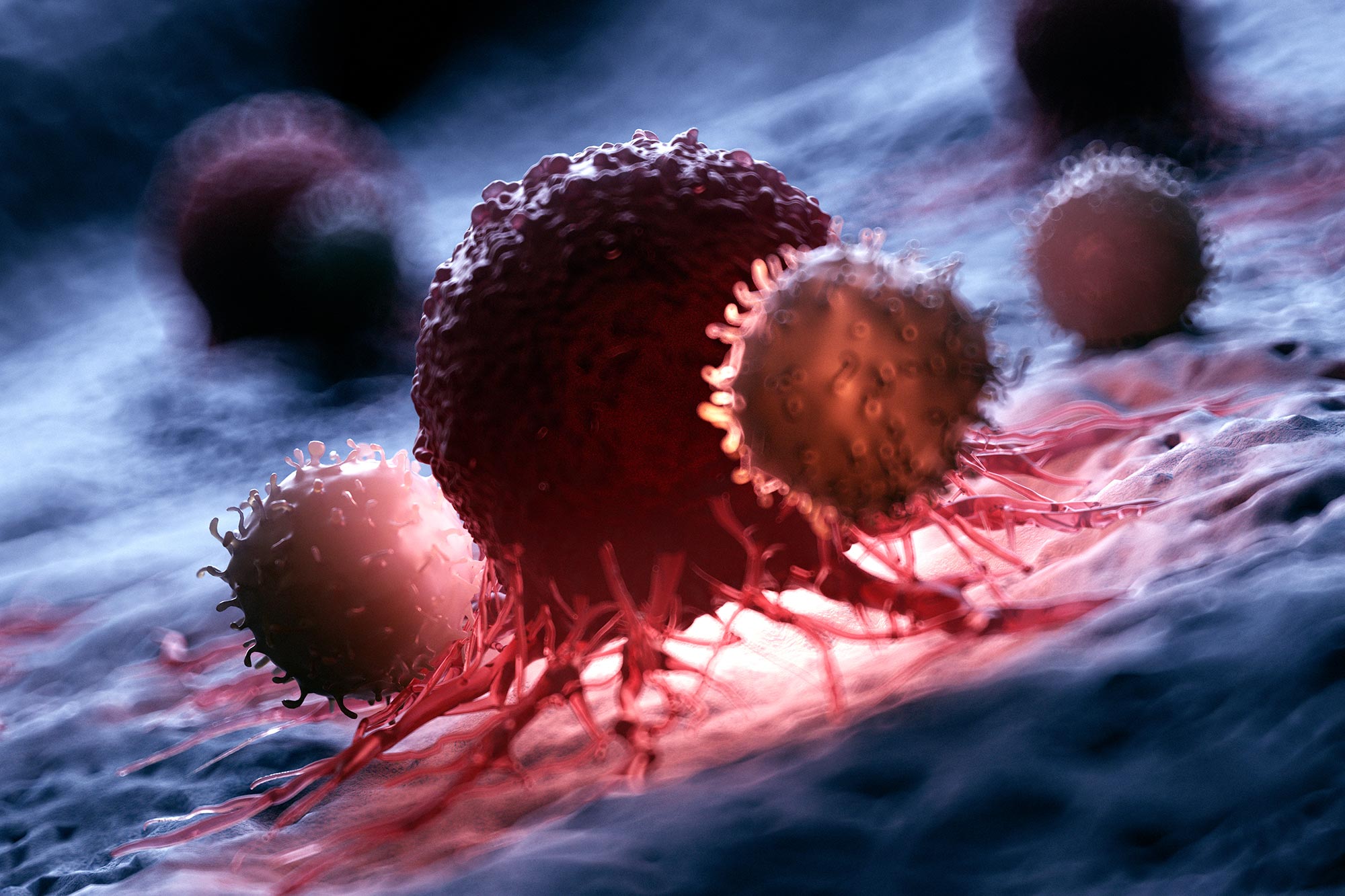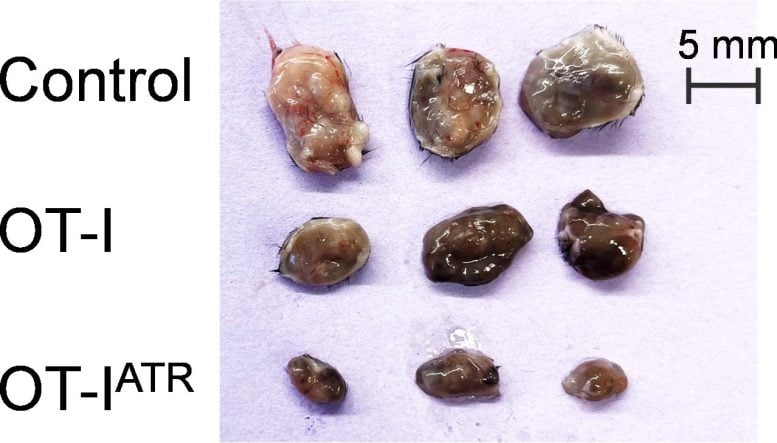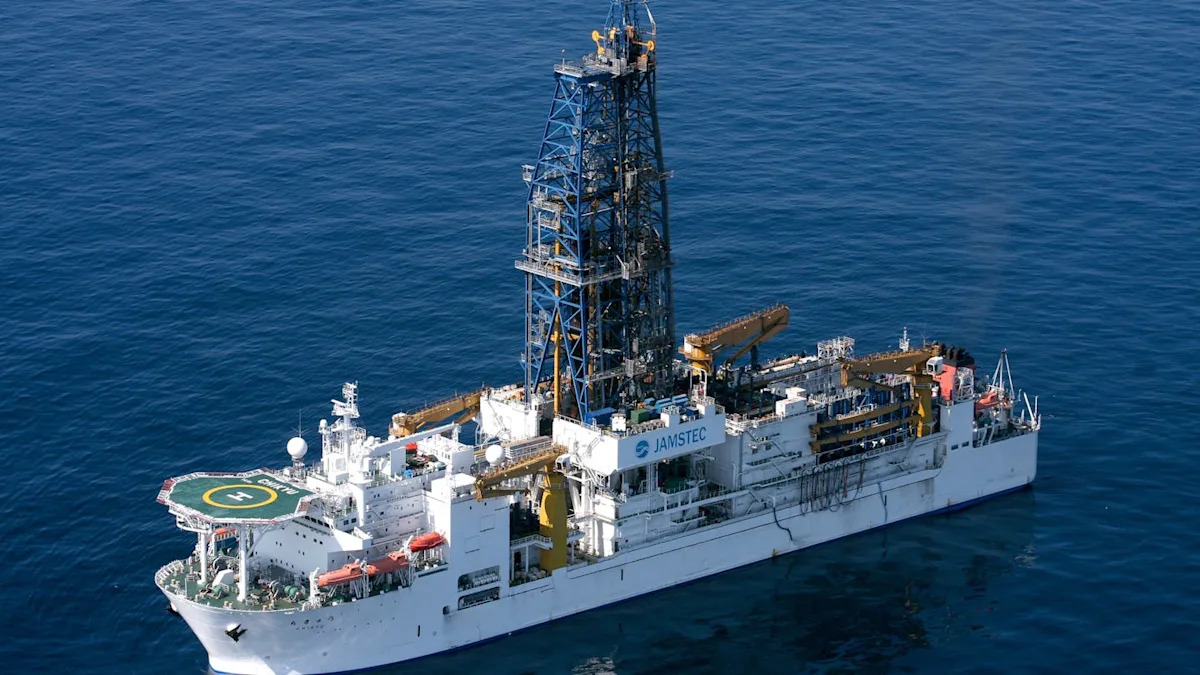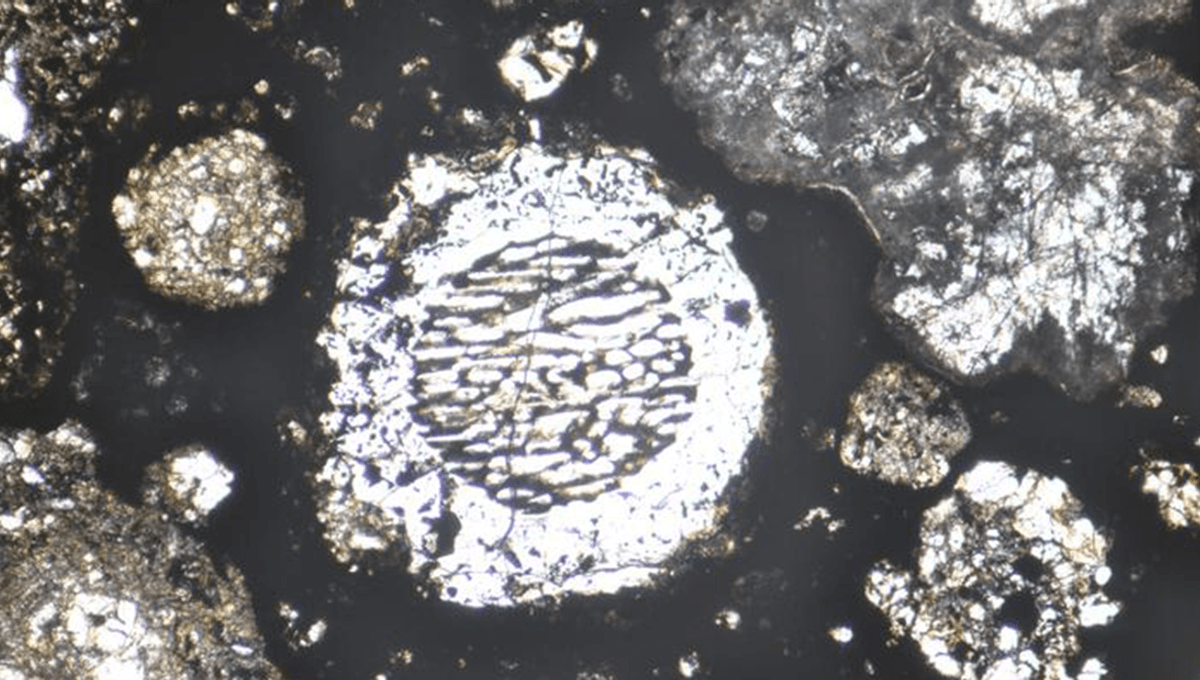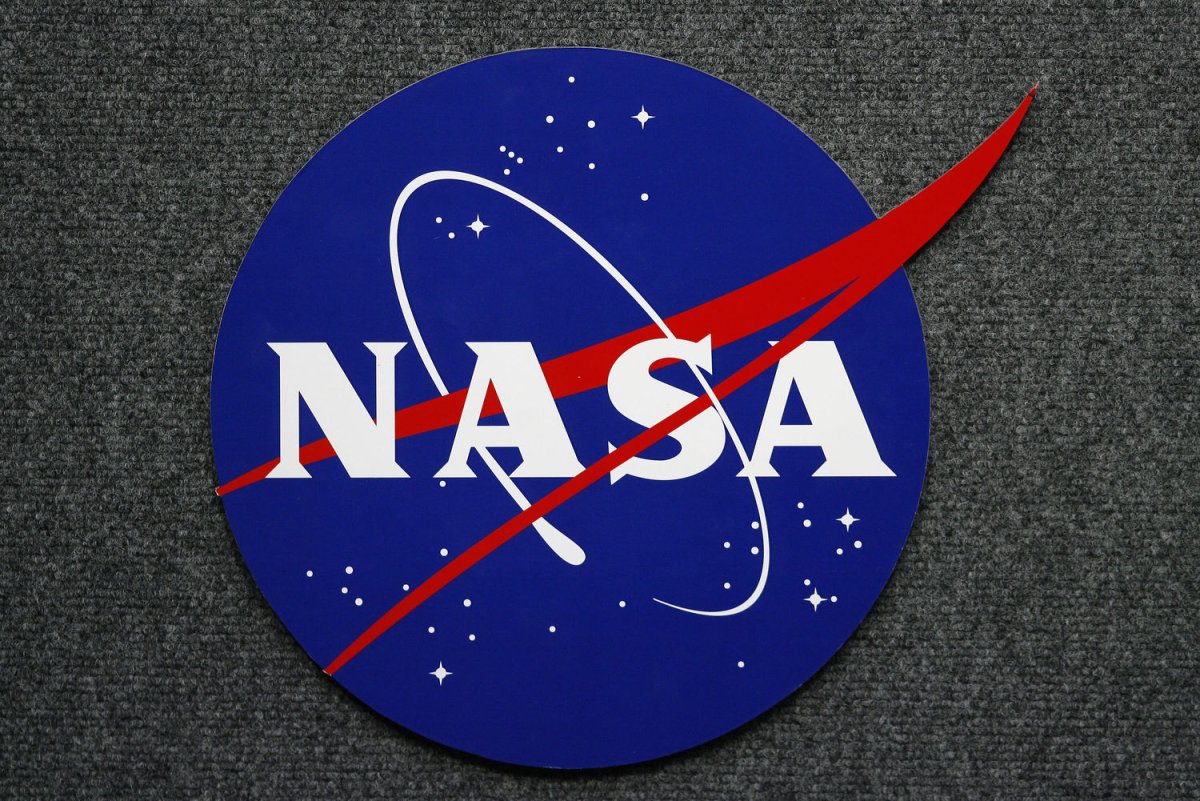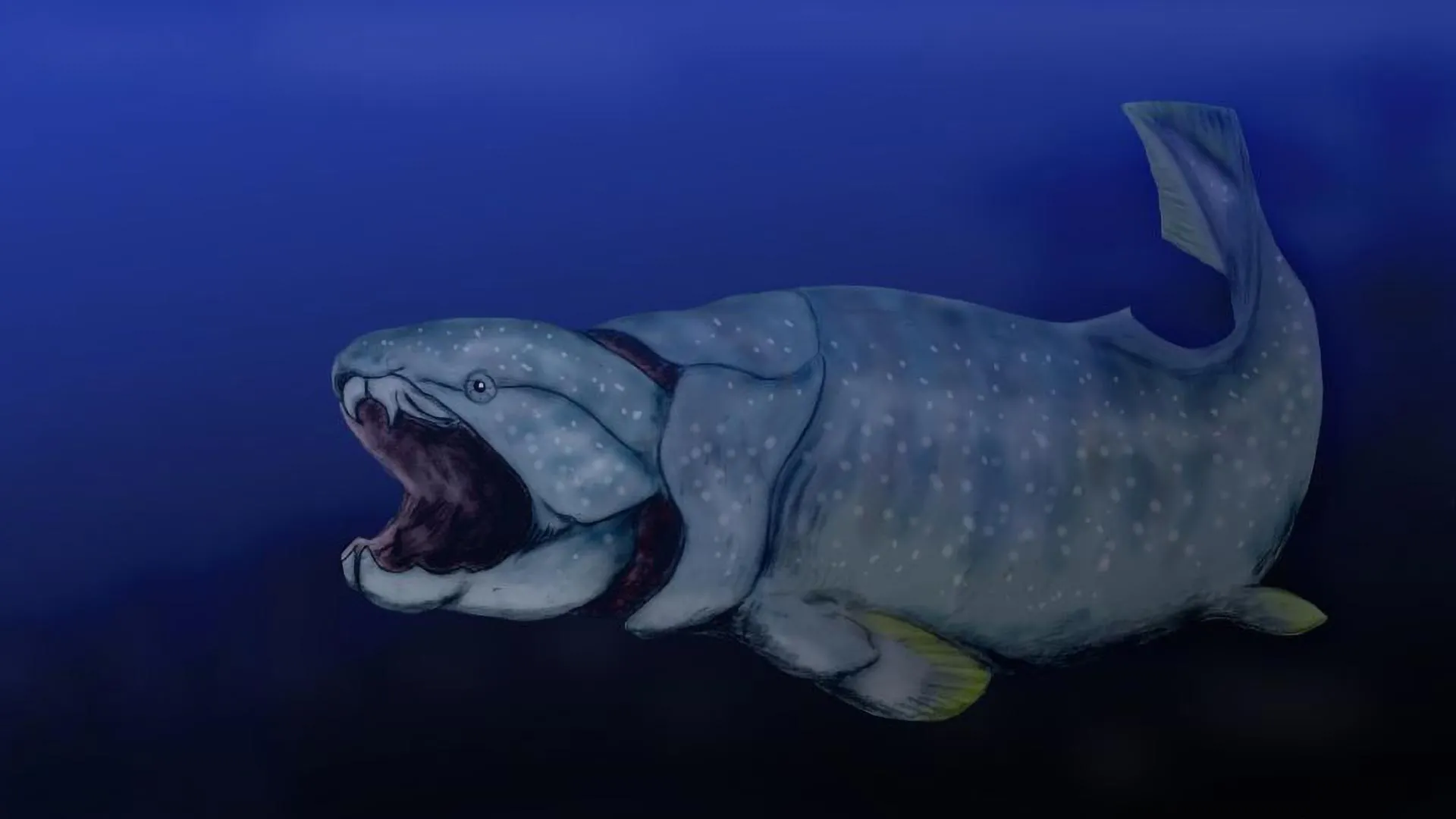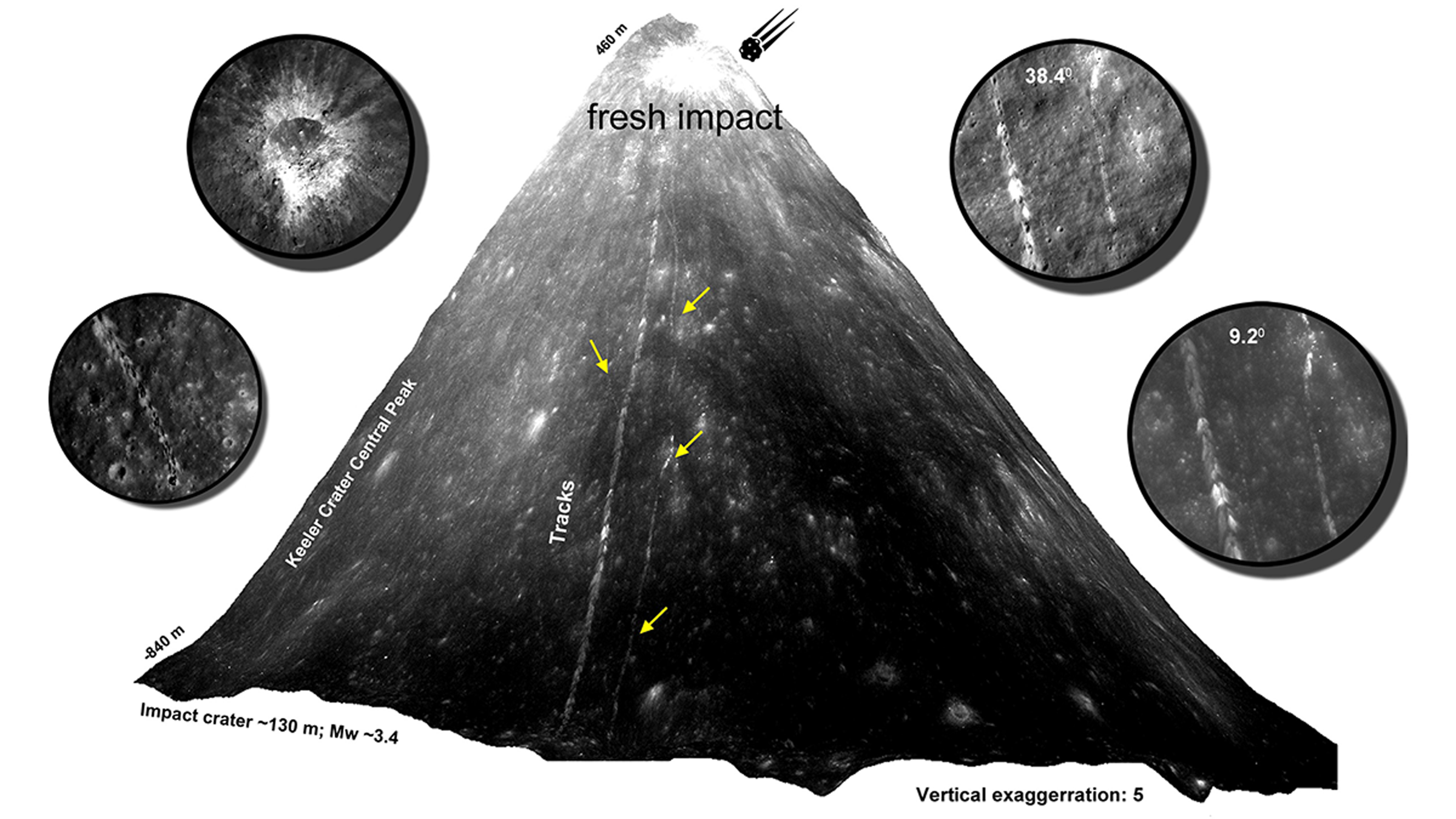27/08/2025
167 views
11 likes
Over the summer, the European Space Agency ran an optical communication demonstration campaign using two observatories on Earth and NASA’s Psyche mission. All four optical links were successful.
Four out of four! In a remarkable demonstration of precision, coordination, and cutting-edge technology, ESA successfully completed a series of four increasingly complex deep-space optical communication links with NASA’s Deep Space Optical Communications (DSOC) experiment aboard the Psyche spacecraft – currently flying at over 300 million kilometres from Earth.
Each link demanded greater accuracy, longer distances, and more refined operations, culminating in a final transmission that pushed the boundaries of what’s possible in interplanetary laser communications: receiving a cat video sent from across the solar system.
“The lessons learned during this activity will certainly be useful as we prepare for the future. With the results achieved during ESA’s links with NASA’s DSOC, we have demonstrated that Europe is ready to support the future of high data rate, deep space optical communications,” says Andrea Di Mira, project manager for the ESA Ground Laser Transmitter (GLT), deployed at the Kryoneri Observatory.
“Autonomous and resilient connectivity is key to sovereignty, not only on Earth, but also in space. This demonstration marks a critical step toward establishing European access to high-capacity optical communication networks for the Moon, Mars, and beyond. Optical links will be essential to handle the massive data volumes expected from future missions, both institutional and commercial, enabling higher-resolution science and richer exploration”, says Mehran Sarkarati, ESA’s Head of Ground Stations Engineering Division and Programme Manager for ASSIGN Programme.
“It lays the groundwork for ESA’s proposed ASSIGN (Advancing Solar System Internet and GrouNd) programme, to be presented at the ESA Council Meeting at Ministerial Level (CM25) in November”.
A laser round-trip to mark European history
The first link was made on 7 July. In the evening, ESA’s portable Ground Laser Transmitter, installed at the Kryoneri Observatory in Greece, shot a laser beam in the direction of NASA’s Psyche spacecraft.
About fifteen minutes later, onboard the spacecraft, the DSOC experiment, led by NASA’s Jet Propulsion Laboratory in Southern California, caught the signal and replied with another laser beam that was acquired by ESA’s Ground Laser Receiver (GLR), installed about 37 kilometres away from the first observatory.
This 30-minute-roundtrip communication link marked European history for it was the first time a deep-space optical communications was made from a European ground segment. For the purpose of the campaign, the two observatories had to be temporarily converted into an optical transmitter and receiver duo.
Maintaining the connection
For the following two links, the ESA team thrived to maintain a continuous reception link with the spacecraft.
“These two attempts allowed us to provide the most stable ground laser beacon possible to the spacecraft, so it could reliably send data down to our ground laser receiver,” says Clemens Heese, ESA’s Head of Optical Technologies and ESA’s DSOC demonstration project manager.
“This worked like a charm, and, by the third attempt, we were able to receive a data stream of 1.3 Mbps, coming from a distance around twice as far away as the Sun, and successfully decode the incoming data”.
Cat-ching a needle in haystack
This fourth and final link pushed the limits, with the GLR at the Helmos Observatory in Greece tracking the spacecraft low on the horizon, through a turbulent atmosphere, while catching individual photons on a detector cooled to just 1 Kelvin.
Unlike previous reception links, the communication link contained an unexpected and adorable surprise – a cat-chasing-a-laser video – sent at speeds of up to 1.8 Mbps.
“With the fourth link, we have passed the distance threshold of two astronomical units. This required an especially complex operation that involved the organisation of parallel activities at the GLT,” says Andrea Di Mira.
“This time, the round-trip time of about 34 minutes, leaving us much less time to adjust laser pointing angles and maximise irradiance. We carefully planned every single activity, prepared contingency actions and precisely calibrated each and every one of our systems to align our high-power beams at arcsecond level and keeping them stably locked in the right direction towards Psyche.”
Conducting an optical orchestra
For the four links, the Helmos Observatory was not only home to the Ground Laser Receiver. It also served as ESA’s main operations hub. From there, the team coordinated every pass, including the interface between GLR, GLT and JPL’s DSOC Flight Terminal team in Southern California.
“Every adjustment had to be anticipated and pre-coordinated. The flight terminal team at JPL continuously reported power metrics from the spacecraft back to us in Greece, while we executed a predefined decision tree to adapt scanning patterns and beam pointing,” says Sinda Mejri, project manager for ESA’s Ground Laser Receiver.
“It was like conducting an orchestra: each cue had to be perfectly timed so that every decision brought us closer to the sweet spot of maximizing Psyche’s tracking and downlink reception”.
Next steps
After completing the links with Psyche, the collected data will undergo detailed analysis to evaluate the performance of each system.
The Helmos telescope, used for the GLR, is scheduled for an upgrade to enhance its capabilities, while the GLT is also being considered for future activities. Discussions are ongoing for a potential on-sky experiments in 2026.
“Our journey with the GLR continues, we are exploring new uses for the current system, such as characterising sky background at Helmos to prepare for quantum key distribution applications. Looking ahead, a GLR-twin is now under development to be paired with larger telescopes, with a validation campaign planned in Chile in 2026- more results are coming,” says Sinda Mejri.
The demonstration campaign is key to the optical communication roadmap, carried out at ESA’s Space Operations Centre (ESOC) to develop the future of space communication. It is a joint success made possible through close collaboration with colleagues and partners across industry, academia (National Observatory of Athens), ESA’s Directorate of Technology, and NASA’s Jet Propulsion Laboratory.
Looking ahead, ESA is currently studying a Mars electric propulsive tug capability, called ‘LightShip’, which would transport passenger spacecraft to Mars. Following passenger drop off, LightShip would transfer to a service orbit where it would provide communications and navigation services through the MARs COmmunication and Navigation Infrastructure (MARCONI) payload, part of which will include an optical communications demonstrator as part of the roadmap towards supporting future human missions.
